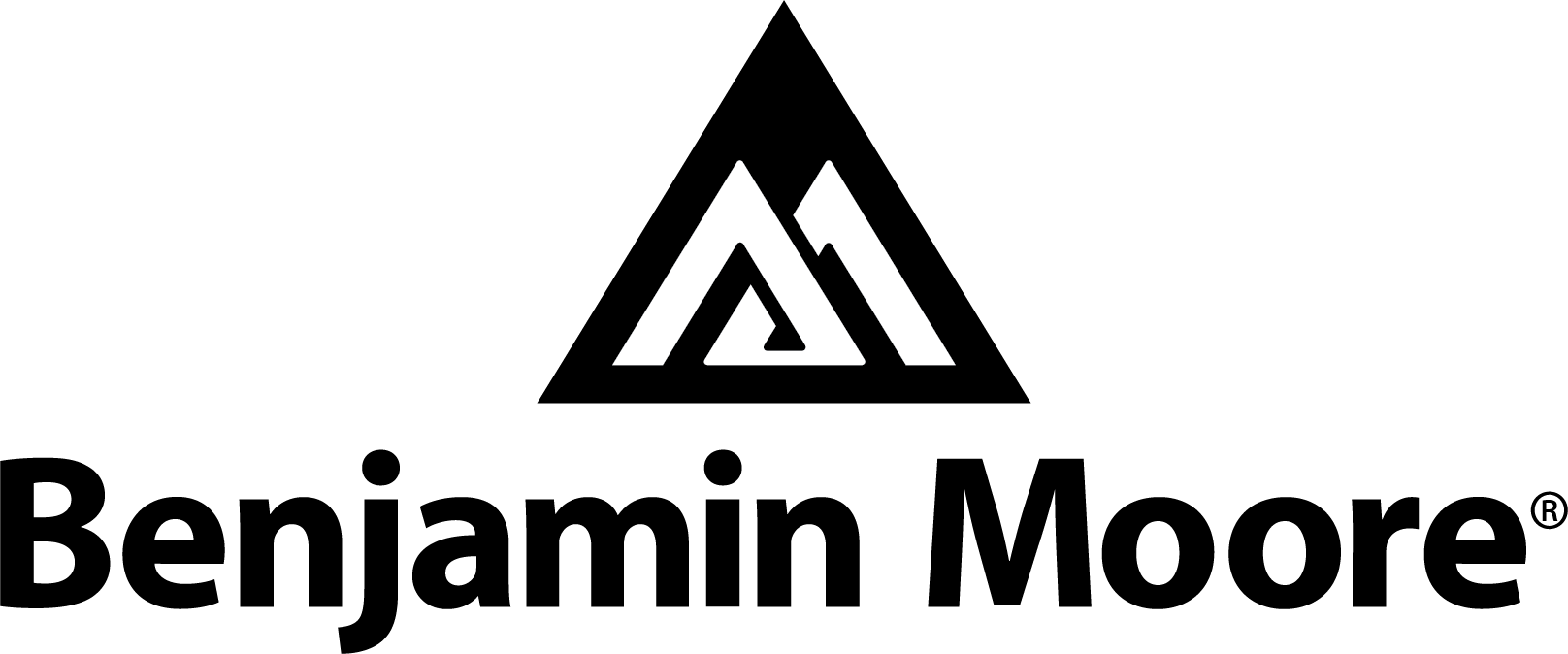Universal Design and Aging in Place
 1 AIA LU/HSW; 1 IDCEC CEU/HSW; 0.1 ICC CEU; 0.1 IACET CEU*; 1 AIBD P-CE; AAA 1 Structured Learning Hour; This course can be self-reported to the AANB, as per their CE Guidelines; AAPEI 1 Structured Learning Hour; This course can be self-reported to the AIBC, as per their CE Guidelines.; MAA 1 Structured Learning Hour; This course can be self-reported to the NLAA.; This course can be self-reported to the NSAA; NWTAA 1 Structured Learning Hour; OAA 1 Learning Hour; SAA 1 Hour of Core Learning
1 AIA LU/HSW; 1 IDCEC CEU/HSW; 0.1 ICC CEU; 0.1 IACET CEU*; 1 AIBD P-CE; AAA 1 Structured Learning Hour; This course can be self-reported to the AANB, as per their CE Guidelines; AAPEI 1 Structured Learning Hour; This course can be self-reported to the AIBC, as per their CE Guidelines.; MAA 1 Structured Learning Hour; This course can be self-reported to the NLAA.; This course can be self-reported to the NSAA; NWTAA 1 Structured Learning Hour; OAA 1 Learning Hour; SAA 1 Hour of Core Learning
Learning Objectives:
- Discuss how color design impacts mental health and well-being in an aging population.
- Explain how the appropriate selection of colors and finishes can help support safe navigation within the built environment.
- Describe the importance of selecting durable finishes that provide easy-to-clean, hygienic surfaces and support healthy living spaces.
- List the benefits of specifying low- or no-VOC paints and finishes to secure a healthy indoor living environment for an aging population with environmental sensitivities.
This course is part of the Interiors Academy
Cleaning and Allergens
As individuals age, their respiratory systems may become more prone to respiratory conditions such as asthma, chronic bronchitis, or chronic obstructive pulmonary disease (COPD). Consequently, they may be more sensitive to indoor air quality issues, including pollutants, allergens, or irritants that can exacerbate respiratory symptoms.
Aging is linked to immune system changes, heightening susceptibility to indoor environmental factors like mold or mildew. Medications and treatments may increase sensitivity to indoor environmental quality and older adults with mobility issues tend to spend more time indoors, increasing exposure and amplifying the impact of indoor environmental factors on their health.
Finishes that are easy to clean and maintain, reduce the accumulation of dust, dirt, and allergens, while finishes that resist moisture can help prevent the growth of harmful microorganisms. When finishes are easy to clean, they are easier to maintain—an appealing quality for anyone, but particularly essential to those with mobility issues. As discussed previously, durable finishes require less frequent replacement or renovation, which reduces waste and environmental impact but also minimizes the release of any VOCs that might be present in new materials.
Selecting for Low- or No-VOC Products
Low- or no-VOC paints and finishes minimize the release of toxic chemicals into the indoor air. When designers select low- or non-VOC finishes and paints, the exposure of aging individuals to harmful emissions is significantly reduced, promoting better indoor air quality and minimizing potential health risks.
Low- or no-VOC paints and finishes help decrease the levels of respiratory irritants in the indoor environment, alleviating potential triggers and supporting respiratory health. Low- or no-VOC paints and finishes have reduced or no odor and minimal off-gassing. Specifying low- or no-VOC paints and finishes aligns with sustainable and green building practices. Many building certifications and standards, such as LEED (Leadership in Energy and Environmental Design), prioritize the use of low-VOC materials. Meeting these standards benefits the occupants and supports sustainable and environmentally responsible design practices.
Ramesh Gulatee takes these ideas a step further by explaining that healthy design cannot be divorced from the equation of accessibility. In so many cases, a building has a multitude of environmental quality design issues that undercut its design value. Everything must be taken into account.
“You can make the building accessible,” he says, “but the indoors might not be accessible because of the air that we breathe and the water that we drink. The crux of the matter comes to sustainability and accessibility being integrated as design layers and not as a code compliance layer. And these layers should be established right from the beginning. That is when and how the scope, schedule, and budget are determined. And it should go through to project delivery, as clients and designers talk about what kind of built environment is desired. If that happens then the design can take on a different direction.”
Gulatee sees designers as the initiators of this change, where those who require accessibility can attain it on every level.
“The client, in fact, is the most important part,” he says. “The designer is the conduit. The client does not have the know-how. They can react to situations. They can experience them. But they need somebody to listen to them.”
Erika Fredrickson is a writer and editor focusing on technology, environment, and history. She frequently contributes to continuing education courses and publications through Confluence Communications. www.confluencec.com





